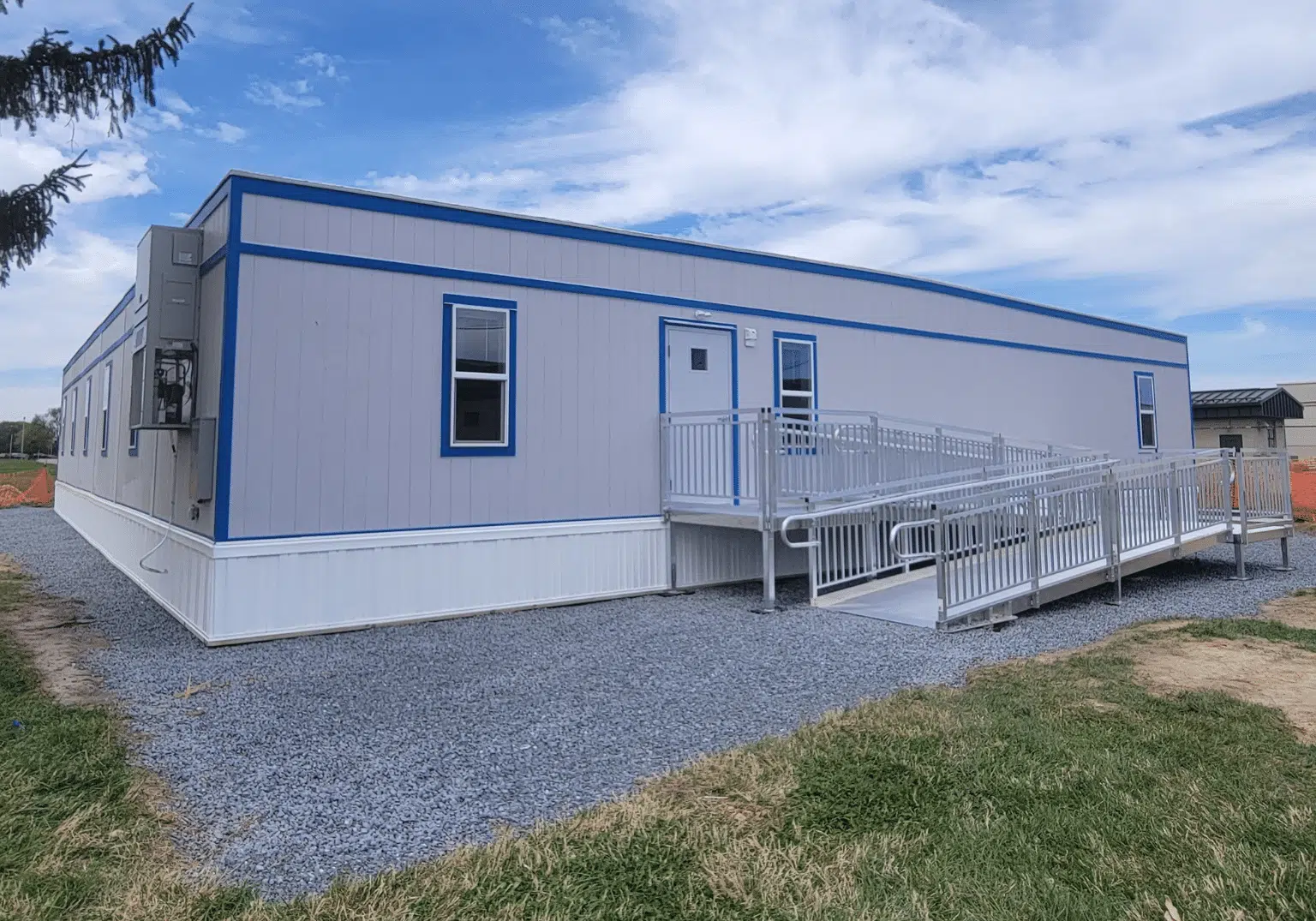Prepare for OSHA Drones - Jobsite Inspections Are Changing
The introduction of technology into the construction industry has led to several unconventional means of accomplishing tasks that were once done manually. One example is the construction industry changing drastically – like going modular, embracing cloud-based apps for project management and using mobile tech for higher efficiency and lower project time and costs. Another example that will begin to become more mainstream is the introduction of drones for jobsite inspections.
Drones, or Unmanned Aerial Vehicles (UAV), are increasingly used for site-mapping, construction site inspections and building surveys. A recent study reveals that 26 percent of small to midsize construction professionals are either already using drones or planning to use them by 2020.
A 2018 Occupational Safety and Health Administration (OSHA) memorandum authorizes camera-equipped drones to be used by its investigators for gathering evidence during inspections. Though this construction safety inspection method offers promising advantages, it has raised concerns amongst contractors.
Why ss drone inspection beneficial?
Unlike humans, drones have no limitations when it comes to life safety and can be significantly useful in an industry like construction where the fatality rate is high. They offer a range of benefits including:
- Data collection without additional safety concerns- During building safety inspections, drones can collect data without the personal risk associated with in-depth site data collection and are ideal for a high-risk environment, helping to avoid potential accidents from climbing and falling. According to OSHA, in 2015, 39 percent of private sector worker fatalities in the construction industry were attributed to falls, which could have been avoided with jobsite inspections done by drones.
- Reduce regulatory demands for health and safety checkups- When a high-risk safety check is done by a worker, there are specific safety requirements, however, UAV (Unmanned Aerial Vehicle) inspections could eliminate these requirements as there are fewer safety risks when the check is done by a machine compared to a human.
- Can be deployed easily in a new environment- Drones can be deployed in unknown or new territories before any worker sets foot on the site. This benefit is incomparable for planning and extensive risk calculation.
- Reduce equipment downtime- Certain equipment inspections demand the shutdown of normal operations for the safety of personnel. Drone usage can enable analyzing moving parts without the need of expensive equipment shutdowns.
- Photo documentation- Drones are armed with integrated photo documentation features along with GPS precision. They can provide reliable, effective and automated before and after inspection comparisons with ease.
- Reduction in inspection expenses- Not only do drones eliminate costly safety inspection precautions like aerial lifts, scaffolding, etc., but these UAVs also quickly identify safety problems, which can significantly reduce the risk of employee injury.
- Quicker inspection response- Drones facilitate rapid collection of data and imagery with methodical jobsite and equipment inspections without any delays, unlike performing the inspection manually.
Even though these benefits like reduction in time and cost, as well as enhanced efficiency and safety are great reasons to incorporate drones into inspection practices, there are also a few stakeholder concerns.
Why is there resistance to OSHA drone inspections?
- Compromise on privacy- Drones can take photos and videos. Many contractors across the United States think that these UAVs can violate privacy. Besides this, a major concern is how the employer’s right to object to inspections that go beyond the original scope will be affected.
- Multi-employer sites- Contractors employed on the multi-employer construction site have another issue. Although the OSHA mandates that agency inspectors should ask for the employer’s permission before a drone deployment, there is no absolute clarity for multi-employer sites where one employer’s authorization could affect other vendors’ rights on the jobsite. There is also the concern of the ownership of the airspace above the project.
How to get ready for OSHA drones
OSHA’s aerial inspection of jobsites is inevitable and will become more prevalent in the future; the following approach for preparation can help ensure that this change toward drone inspections happens smoothly:
- Design a strategy to handle the inspection. Assign someone who can be with the OSHA drone crew throughout the inspection
- Be a part of the drone flight planning with the OSHA team, however, don’t hesitate to limit the inspection
- Educate your employees on the company’s rights
For firms that use prefabrication and modular construction, the concept of drones for a construction project is not very new. They are reaping the benefits of UAVs in the form of enhanced productivity and minimize risk of mistakes that can prove very costly in the long run. Today, many modular construction firms use drones for performing a range of tasks throughout the construction lifecycle.
In modular construction, drones are equipped with geo-location sensors, cameras and infrared sensors and are used to identify areas of risk, check feasibility and visualize what the project will look like when finished. Drones can quickly survey the jobsite and build accurate maps that eliminate the need for manpower, expensive surveying tools and machinery. Drones with thermal imaging capability can even detect heat leaks in underground utility piping.
Just like drone usage, modular buildings also offer safer, quicker and cost-effective routes for construction. To learn more about the benefits of going modular, contact us or request a quote.




